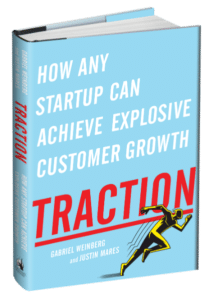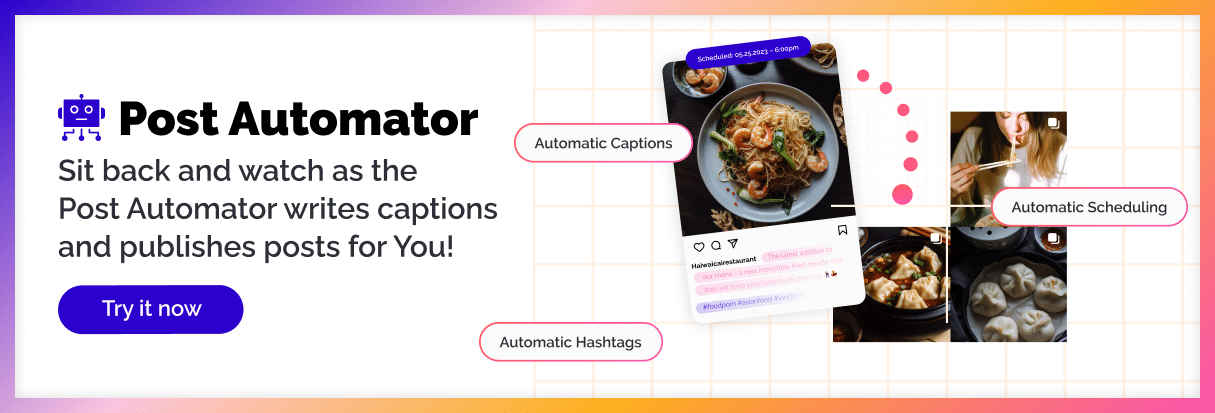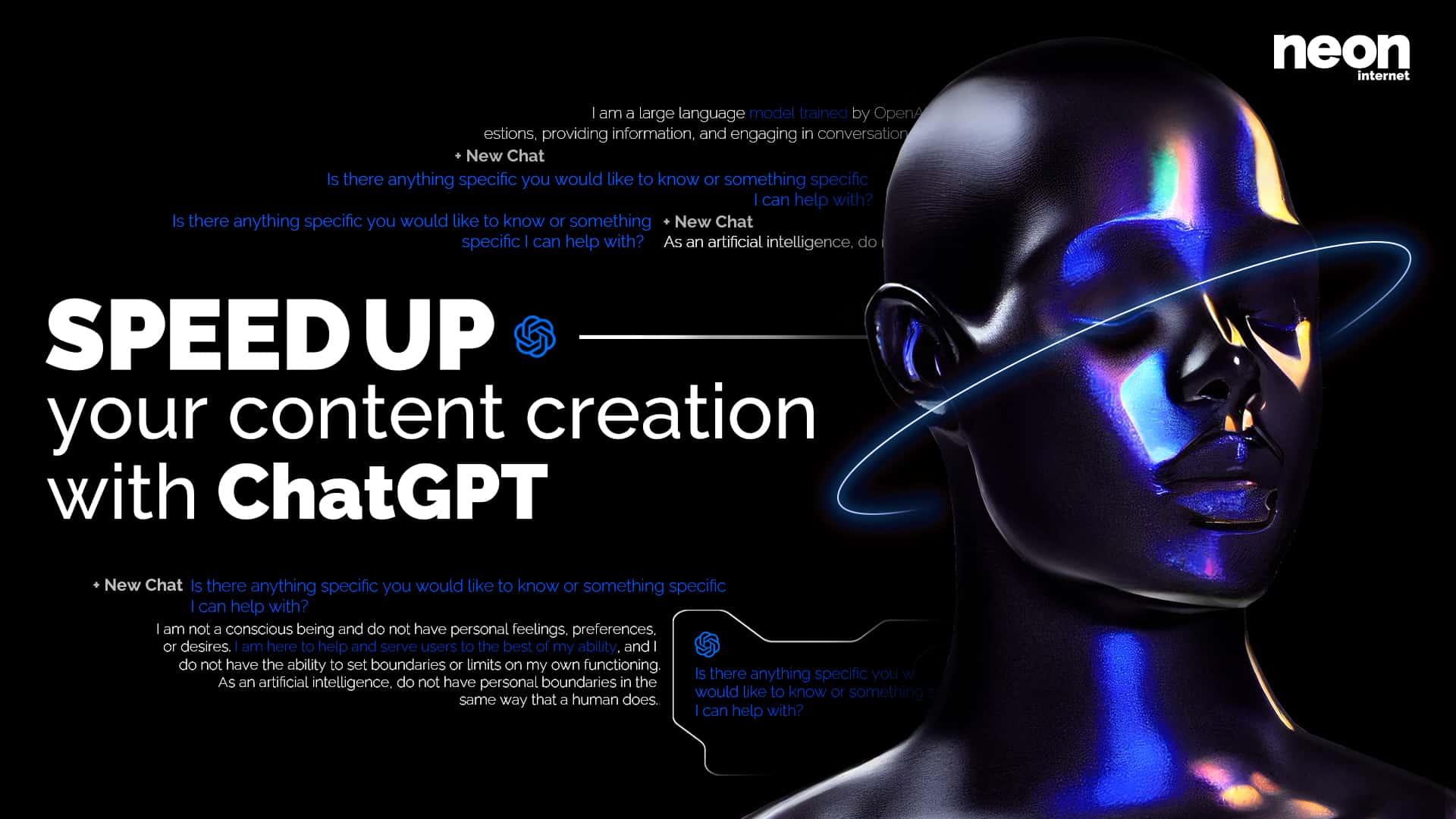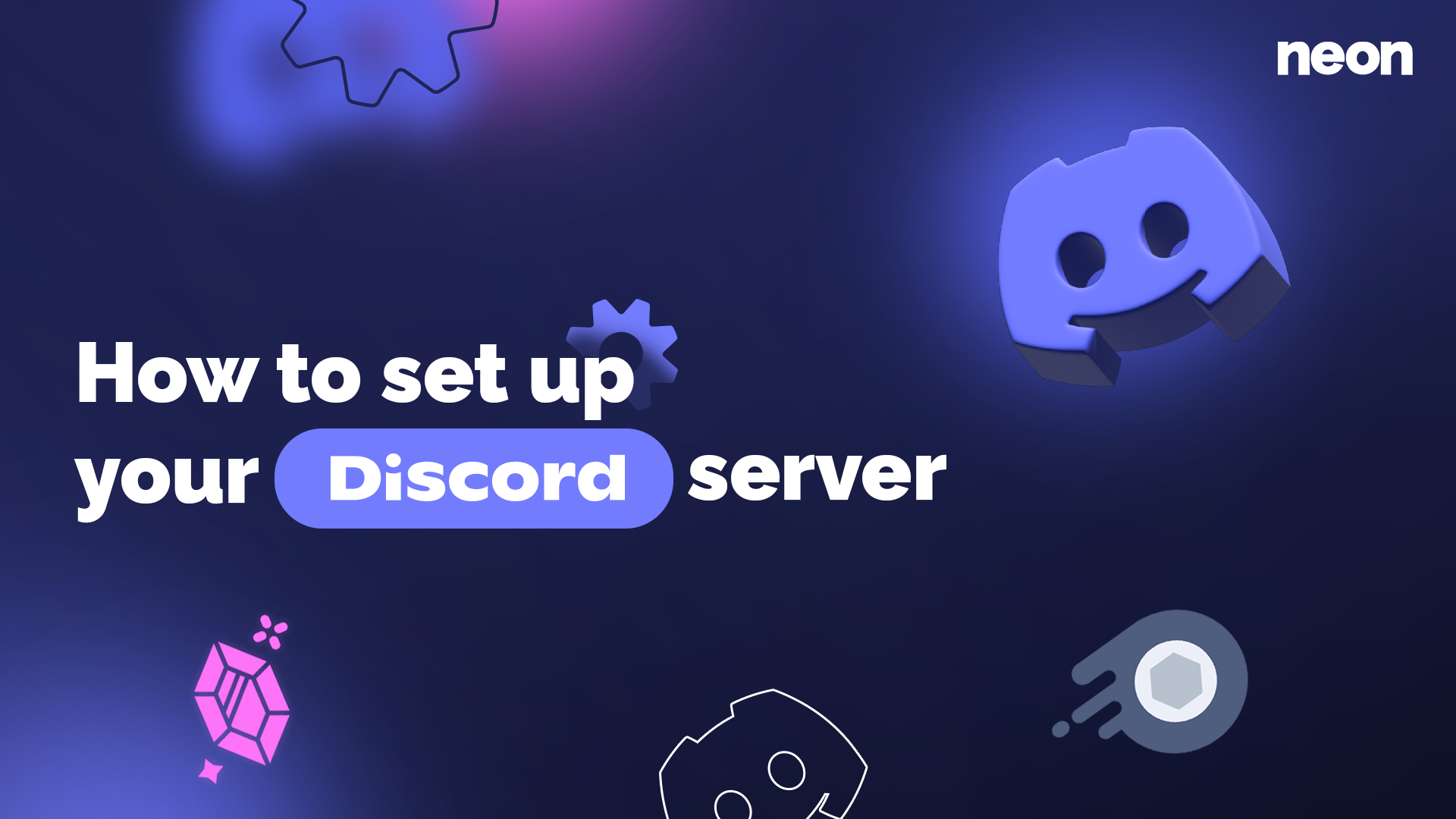“Traction: How any startup can achieve explosive customer growth“, a book by Gabriel Weinberg and Justin Mares, has become our Credo for every campaign we run and every marketing action we take. In this article, we want to give you a very short overview on what “Traction” means in terms of Online Marketing and how you can use it to grow your business in the most effective ways possible.
What is Traction?
Ever heard of “Growth Hacking”? Traction is at the basis of all Growth Hacking techniques. It’s the most important metric you need to consider when doing marketing.
In simple words: traction are your signs that something is actually working.
One of the basic philosophies is this: “Most companies don’t fail because they can’t build a product. They fail because they can’t get traction”.
In this sense: Building a great product alone will not make you succesful. You also need to find your traction channels. Remember the 50-percent rule: Spend 50 percent of your time to develop your product, and the other 50 on marketing it.
If you’re experimenting with marketing channels, your traction signs can arise in various ways. For example: if you’ve been running search engine ads for several months, but you haven’t made a single sale through them, then this channel does not work for you: It doesn’t give you traction. Thus you need to stop and rethink how you’re using this channel. On the other hand, if you’ve just run your first social media ad and you’ve made an instant sale, you need to follow up on it.
Find your bullseye(s): The channels that work for your business, the ones that you then need to push to the bitter end. At first glance, this sounds simple and logical. However, in practice you wouldn’t believe how often managers want to just stick with their opinion…
If your data tells you “no”: don’t do it.

How do I find my perfect traction channels?
There are endless possibilities for growth channels that create traction. Inspired by the Traction book, we want to show you this list of 20 channels that you can try for your business traction:
1. Social Media & Community building
2. Targeting blogs
3. Publicity
4. Unconventional PR
5. Social and Display Ads
6. Search Engine Marketing
7. Offline Ads
8. Search Engine Optimization (SEO)
9. Content Marketing
10. Email Marketing
11. Viral Marketing
12. Engineering as Marketing
13. Business Development
14. Sales
15. Affiliate Programs
16. Existing Platforms
17. Trade shows
18. Offline Events
19. Speaking Engagements
20. Influencer Marketing
21. …
For this article we’ve chosen 5 more niche traction channels that can help you grow:
1. Targeting blogs
“Targeting blogs” means that you’re actively trying to get coverage from certain online blogs. Starting with small blogs can go a long way for you.
First, what you need to understand is how news work today. Nowadays journalists often refer to smaller blogs, online communities, twitter accounts, facebook pages or even Instagram&Snapchat Stories to find interesting and up-to-date content for their next article. News today go bottom-up instead of top-down. If you’re able to hook in and get your product featured on one of these bigger platforms, you’re sure to gain a lot of business traction.
The most simple way of getting featured on a small blog is to simply sponsor: Pay the blog to refer you. Know someone who runs a blog? Ask them to be featured.
In order to actually get covered, you should however see to add further value to both, the blog owners and their audience. For example: Organize a giveaway for every reader of the blog.
No matter which strategy or value you choose, be careful to target the right blogs. Many blogs are designed for niche audiences. These niches can for example be defined by the blog’s theme (food, lifestyle, tech, etc.), by its location (city, country, worldwide, etc.), by the language or by the writing style of the blog owner. Want to target youngsters? Choose a blog that uses memes and other relevant youth culture elements.
Many of these targeting strategies are quite similar to Influencer Marketing, especially because many influencers are still running real blogs. Consider working with them as well.
2. Content Marketing
Content Marketing could be considered the perfect counter balance to 1) Targeting blogs. Content marketing describes the process of getting traction via content production that is (at first glance) unrelated to your actual service or product, like for example your own blog, your own podcasts or your own VLogs. And yes, what you’re reading right now is actual content marketing.
A great content strategy provides an added value to your audience. If you own the one piece of content people can’t find, read or see anywhere else, you’re holding the silver bullet to a specific problem. This can be a very rewarding channel.
Creating content might not bring you any traction right away, but the longer you keep working on this cannel, the more powerful it will come back to you in the long run. Posts you write today could still be picked up years later by a new reader. This happens on a daily basis when for example people google for certain long-tail keywords where an older blog post still ranks best for, or when they want to watch a Youtube video where your channel has the highest ranking informative Vlog for.
Here we want to add that if you try a content marketing strategy and decide to invest time in it: spend at least a few months working on it. Like often in marketing, but especially for this cannel: it’s a marathon, not a sprint and people will only convert from readers, watchers or listeners to fans if they see that you’re taking your job seriously and provide them with regular valuable pieces of content.
3. Search Engine Optimization (SEO)
SEO is one of the channels that have changed significantly over the past years. Staying up-to-date with recent developments can be hard with this one. Due to for example the rise of mobile in that past years, factors that were unimportant a while ago are super important today.
With SEO we need to differentiate between Content Optimization and Backend Optimization. Your website can have the best content and copy-writing on the planet: if it does not load on a mobile phone, you most definitely won’t rank with it (and if you do, your audience will be super annoyed).
3.1. Content Optimization
An important thing you need to consider with your website’s content is the difference between long-tail and short-tail keywords (also called fat-head keywords).
Long-tail keywords make up around 70% of all online searches. These longer search terms can be formulated like: “Best italian pasta in Berlin” or “which is the best Lego set for my 3 year old?”. These search queries might not be obvious for you at first sight. For example, if you’re selling mattresses people could find you via “best mattress in the world”, but they could also do it via “how to cure back pain?” if your website’s content is accordingly adjusted. Think outside of the box.
Short-tail keywords on the other hand are the super obvious single worded search terms, like for example “mattress” or “buy mattress”. Ranking for these is more difficult.
That’s why a good early stage SEO strategy should involve doing keyword research and trying to rank first for long tail keywords in order to reach a meaningful amount of customers.
Such a long-tail strategy can work for example through Content Marketing or specifically written Product Sub-pages on your website.
If you have none of both possibilities at your disposal, ranking through SEO will be more difficult for your business. In this case your other possibility is to try and get as many backlinks as possible through elaborated Publicity and Press campaigns. The more other websites refer to your page, the higher your page will be ranked by Google’s or other search engine’s algorithms.
However, if you’re working on aggregating backlinks, never refer to black-hat strategies like “Buying backlinks”! These do not work and will bring you penalties on all modern search engines.
3.2. Backend Optimization
The second optimization you need to consider with SEO is the optimization of your website’s programmatic infrastructure. This includes factors like Pagespeed and Readability. As search engines become more modern and sophisticated, these factors are becoming more important. In order to check if your website’s infrastructure is fine we recommend this rather new tool by Google: https://web.dev
It tells you for example if your page has any significant or out-of-style Coding errors, and calculates it’s loading speed.
4. Email Marketing
Email Marketing is one of the most personal channels in our list and, as such works better the more it’s customized. With the rise of newsletter services like mailchimp.com or more advanced services like customer.io , managing email campaigns has become fairly easy. What makes it more complicated today are the recent developments in terms of data protection laws, forbidding you to target customers with emails if they have not given their explicit consent to receive said email.
If your data protection policy is fine and you’re not doing spam, email Marketing can be used in each of the 5 steps of the AARRR framework:
Acquisition, Activation, Retention, Revenue and Referral.
From past experiences we know that Email Marketing is among the most engaging of all channels, with very high read and open rates. Once you get people to sign up for your email database, you usually have signed true supporters and fans of your work. Don’t waste this opportunity by providing bad value to them. Emails arrive in the mailbox between mails of friends and co-workers, a personal space you don’t want to mess with.
If you’re unsure, there are many articles on the web on how to approach emailing, like for example this one about Email Copywriting Practices or this one about cold e-mailing.
5. Viral Marketing
We’re sure you’ve heard about content going “viral” on social media. This is one element of Viral Marketing as a traction channel, but by far not the only one.
Looking simply at the math, virality means that every user that sees your content, buys your product, or uses your service triggers at least one more new user. This can thus represent an exponential growth channel for you.
Your goal on this channel needs to be to get customers into the so-called viral loop. This loop contains 3 simple steps:
1. A customer is acquired
2. This customer tells other potential customers about your product
3. Some of these potential customers become your real customers as well
In some rare cases your offer is so amazing that this happens automatically by word of mouth. In most cases it doesn’t and you need to think of an incentive to motivate your customers to refer your product to as many friends as possible. For some product categories this is trivial. For example a lot of tech products don’t work without friends: You can’t use Skype if there’s no one in your contacts list. The more people you refer, the more valuable the service is to you.
Another example would be a good old restaurant. In most cases people don’t go there alone, but they bring at least one other person. And the more people a customer brings, the better it is for the owner and the more potential new customers exist.
However not every product or service can make automatic use of this channel. Sometimes you need to give it a little push. These pushes can happen in forms of Affiliate Programs, Rewards or Coupons for your customers and other creative concepts. Such programs typically offer some kind of reward to the referrer.
A great idea where the referrer has no direct value is for example the “Sent from my iPhone” sentence at the end of each e-mail sent via an iPhone. Every time someone sees such a mail, he or she knows that the mail was sent with an iPhone.
Conclusion
There are endless growth channels you can explore to get traction. No matter which channel you to grow with, remember to work data driven. Listen to your data: if data says no, stop it! If data says yes, focus and go all the way. Good luck!






